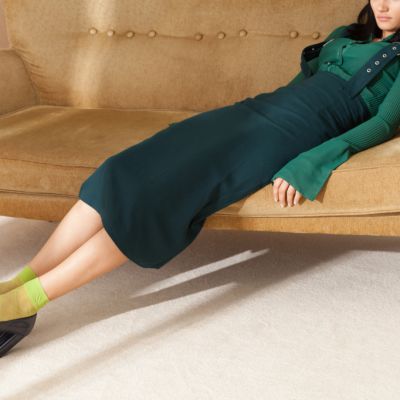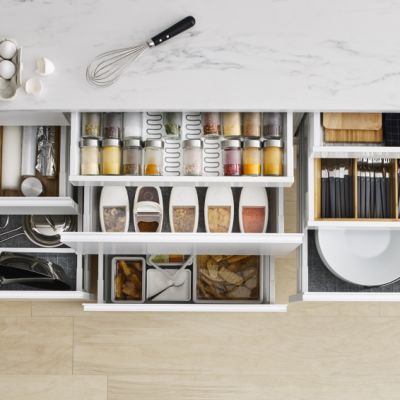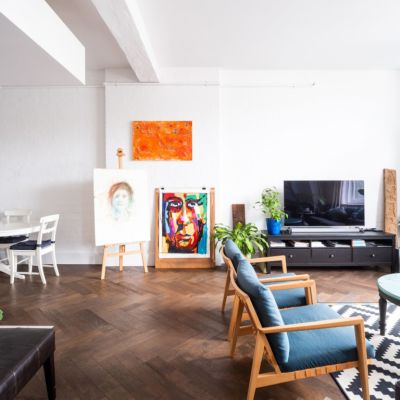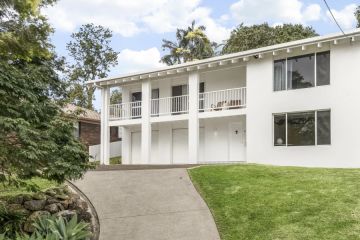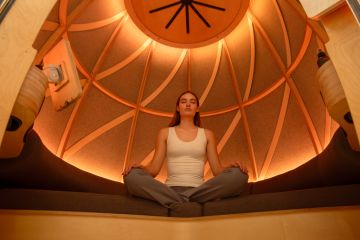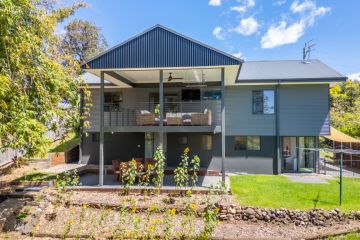'A functional art piece': Choosing the right lights for your home
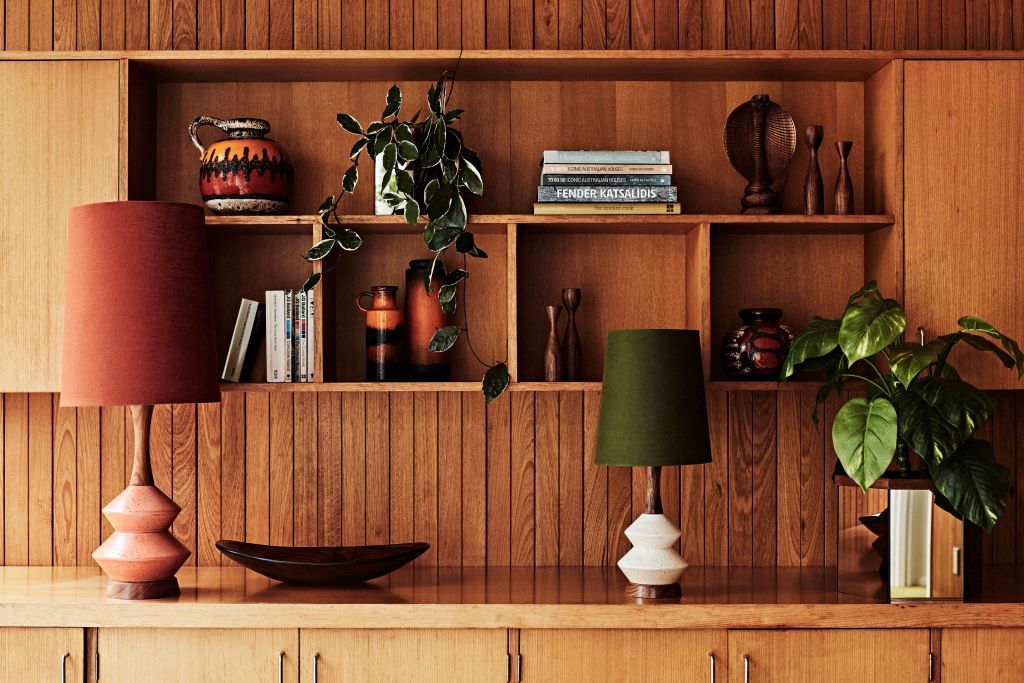
When it comes to lighting design in Australia, three women leading the creative process always look to the bigger interior landscape when assessing how best to light up a room.
From visual appeal to craftsmanship, functionality and originality, what makes great lighting comes down to the subtle intersection of all these humble things.
According to furniture and lighting designer Kate Stokes, who runs Coco Flip, lighting is never an afterthought, it’s always about contextualising its purpose in a space.
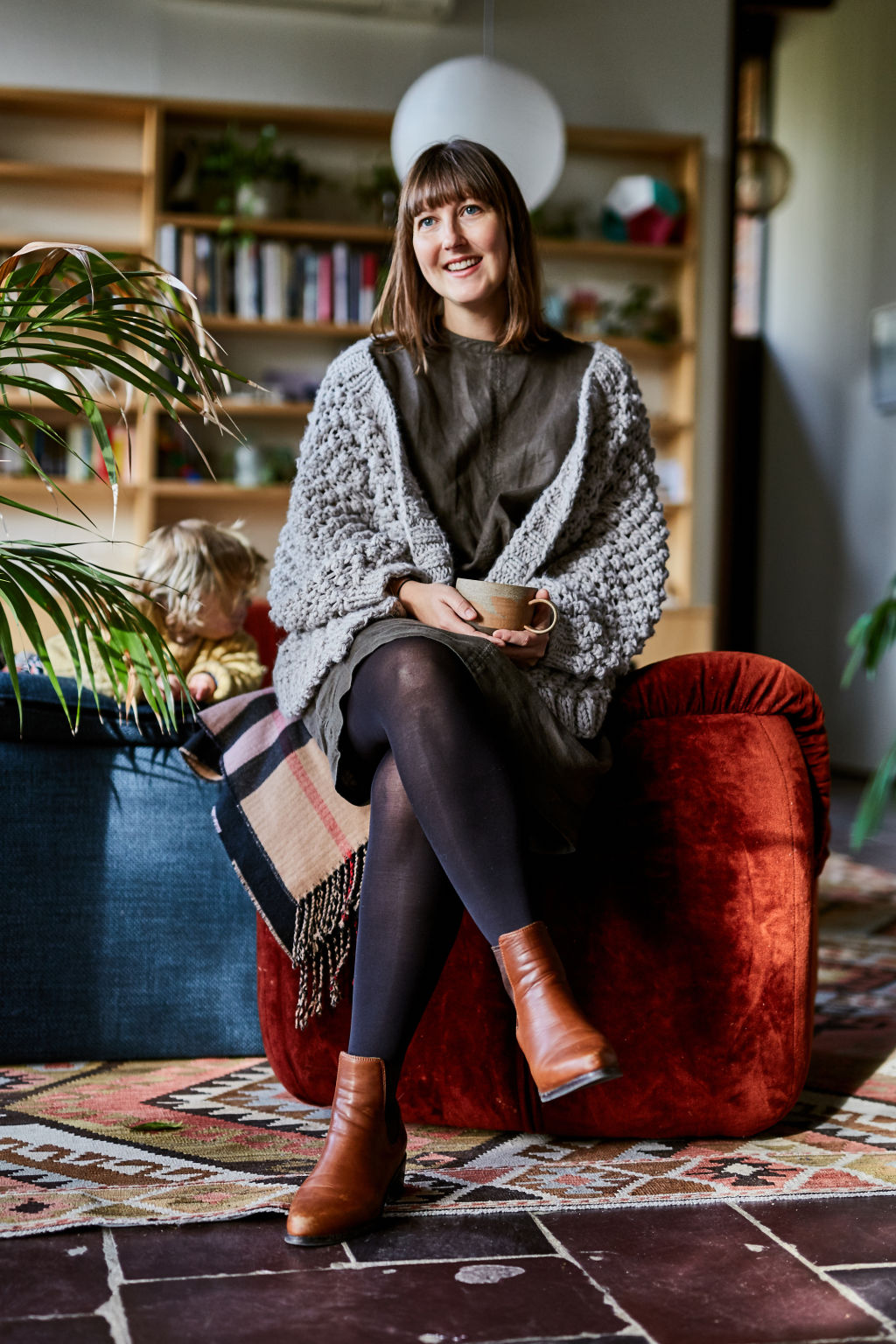
Stokes, who is a lighting category judge at this year’s Design Files + Laminex Design Awards, turns to mid-century European architecture for inspiration and leans on a Japanese aesthetic when it comes to her pendants, wall lights and lamps.
“I view lighting as a balance between all that can be sculptural and practical, it’s always the left and right side of the brain coming together,” she says. “It’s where dreamy and rational have to be together.”
Just like her modernist ’50s and ’60s era design influences, Stokes says she would like her pieces to stand the test of time too.
“We’re about finding classic forms that don’t date and adding something new that people haven’t seen before,” Stokes says.

Her slow movement approach to lighting means she’s connecting with local manufacturers and makers, driven by a need to also be sustainable. Her design collections can take anywhere between six and 12 months to perfect.
It was during a trip to Iceland with her architect husband Haslett Grounds, and while camping in the wilderness, that inspired her Mayu light.
“The Mayu gives you a sense of calm, it’s a beautiful glowing sculptural form and quite unique,” Stokes says.
“While we camped we could see the glowing lights in the distance, it was quite ethereal. Then we also brought in some influence from American/Japanese sculptor Ruth Asawa, known for her copper wire weaving and creating form within forms,” Stokes says.
For Tamara Watts from Retro Print Revival, it’s a deep appreciation of mid-century design and bold textiles that inspires her lighting vision. She makes rocket lamps that nod to the late ’60s while her fabric shades riff on a retro past.
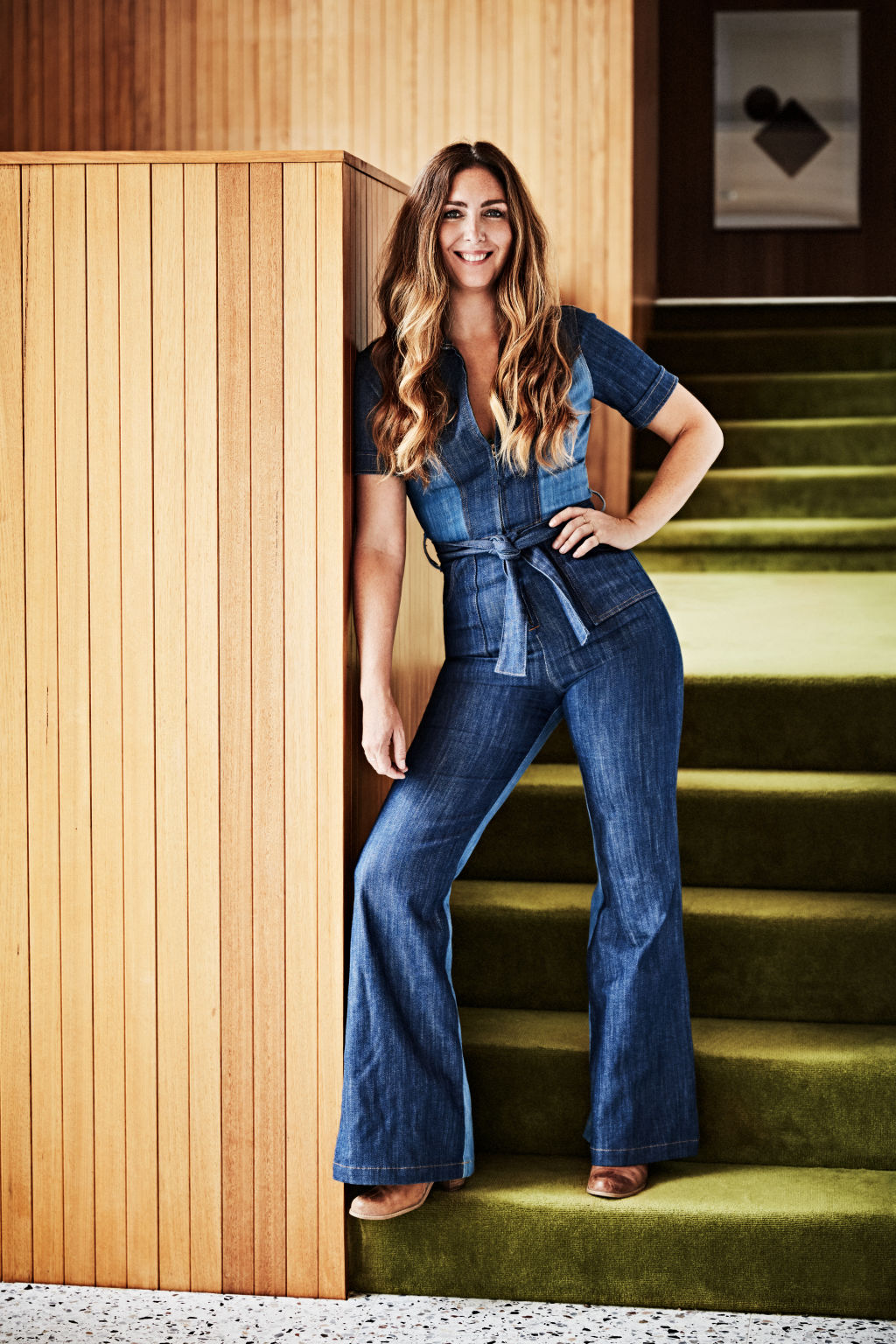
“Lamps to me are a functioning art piece,” she says. “They can be beautiful and create an ambience in the evenings. They’re a great way to create a mood, lift a mood or calm a space too.”
Her Athena lamp is one of her biggest sellers. Think white speckled glazed body or gold terracotta – earthed and statement-like.
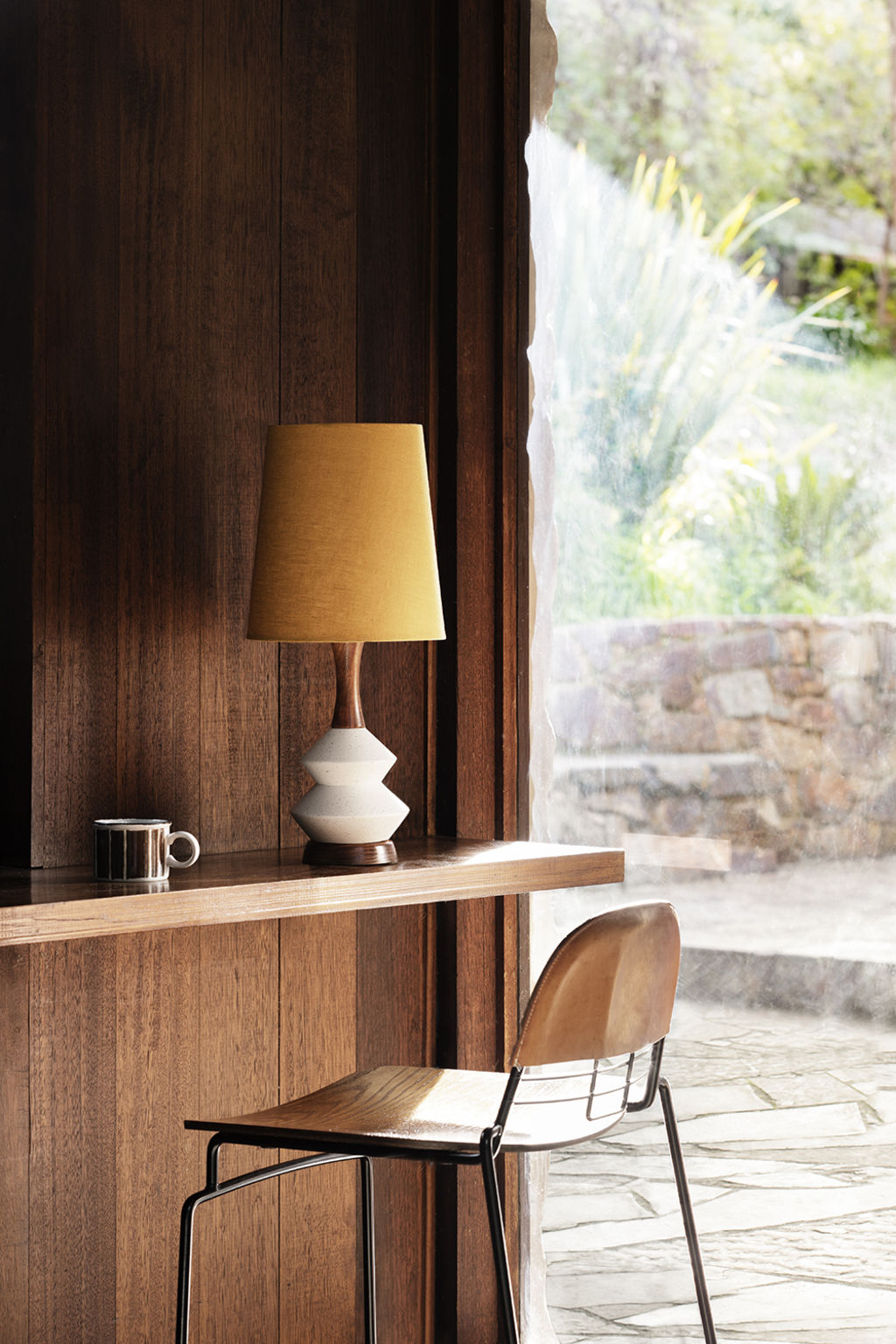
Industrial designer Coco Reynolds of Marz Designs has been in the lighting business for 10 years and is best known for her award-winning Bright Beads lights she developed in conjunction with How We Create and Evostyle.
For Reynolds, her background in industrial and interior design drives her lighting aesthetic. “I am very influenced by the furniture world and interiors, it seeps into the decorative lighting I create and one can’t exist without the other,” she says.
The Byron Bay-based maker says consumers want ambience and natural materials in their home more than ever before.
“I’ve noticed that many of my clients want to swap harsh downlights for more ambience in the home,” Reynolds says.
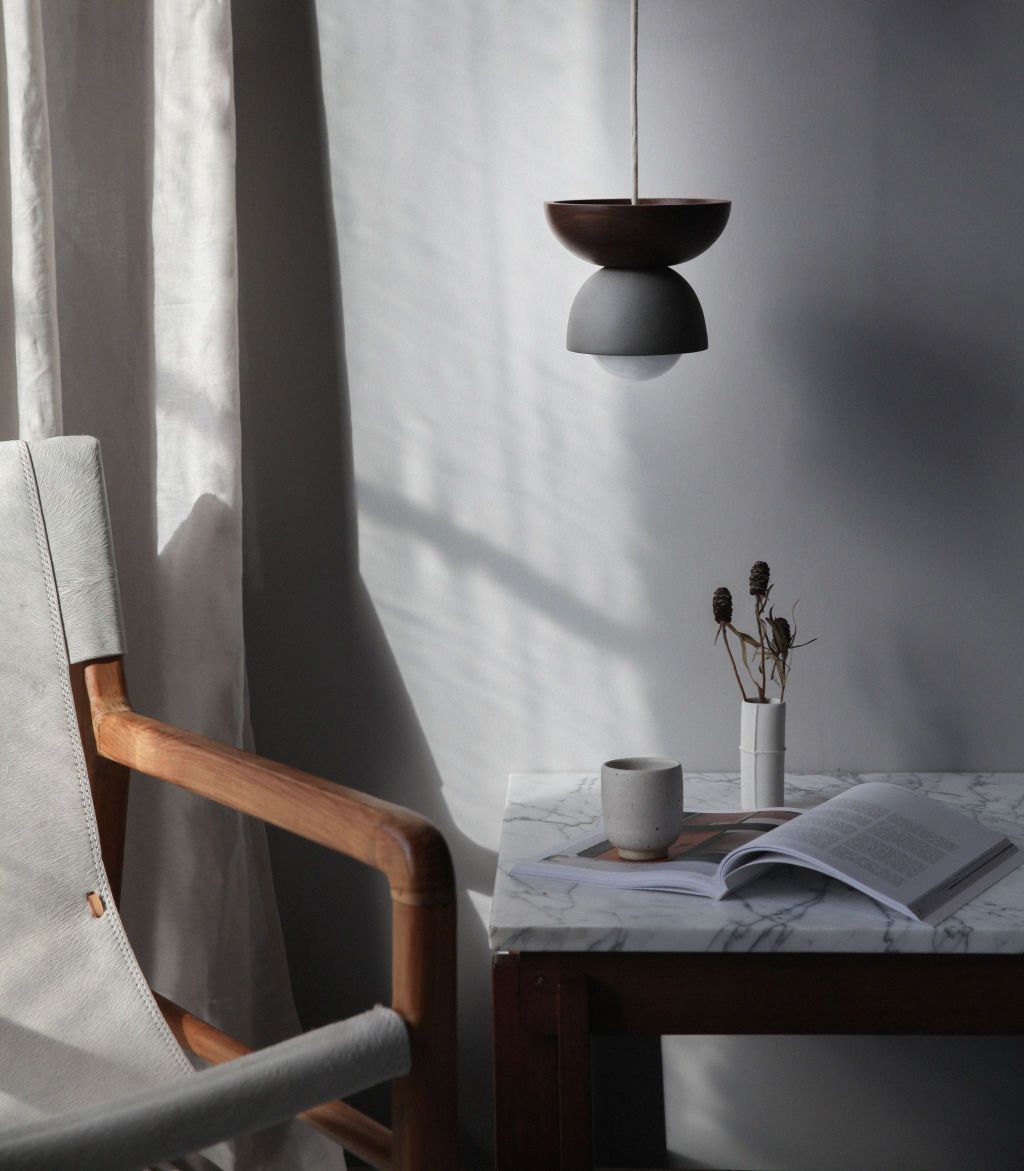
“They’re also favouring natural material over synthetic, which is healthier for the environment and better for the home.
“When I started making lights, I noticed a lot of statement lighting pieces available and not much on the market that simple, pared-back and beautifully made. For me it’s all about adding tactility to a piece and finding the gap in the design market and adding something special there.”
We recommend
We thought you might like
States
Capital Cities
Capital Cities - Rentals
Popular Areas
Allhomes
More
- © 2025, CoStar Group Inc.
